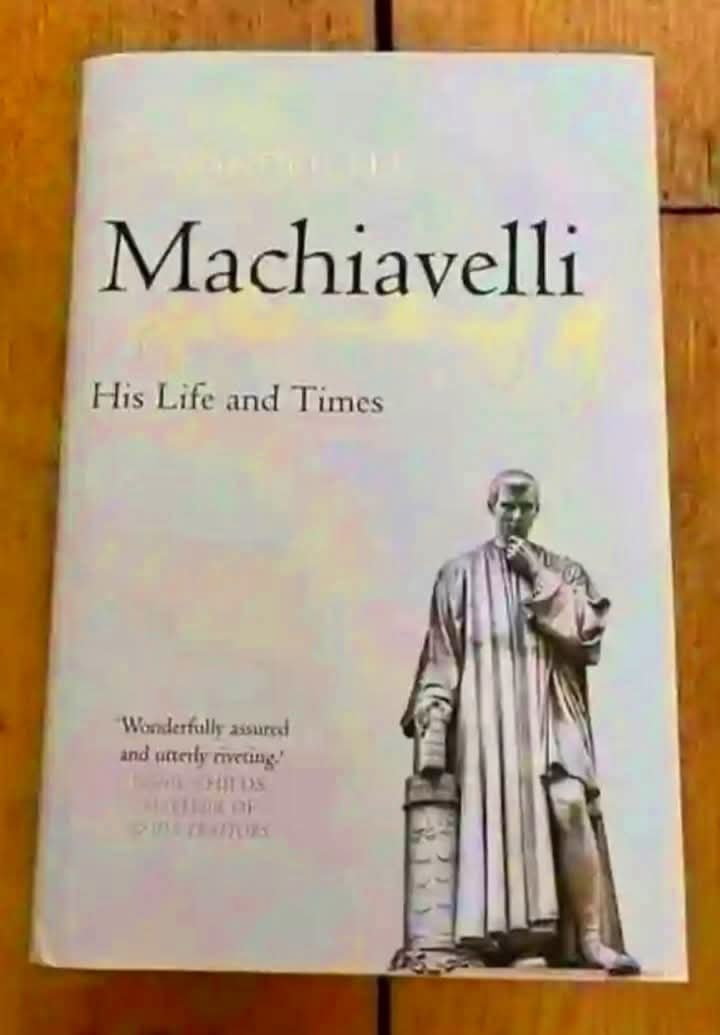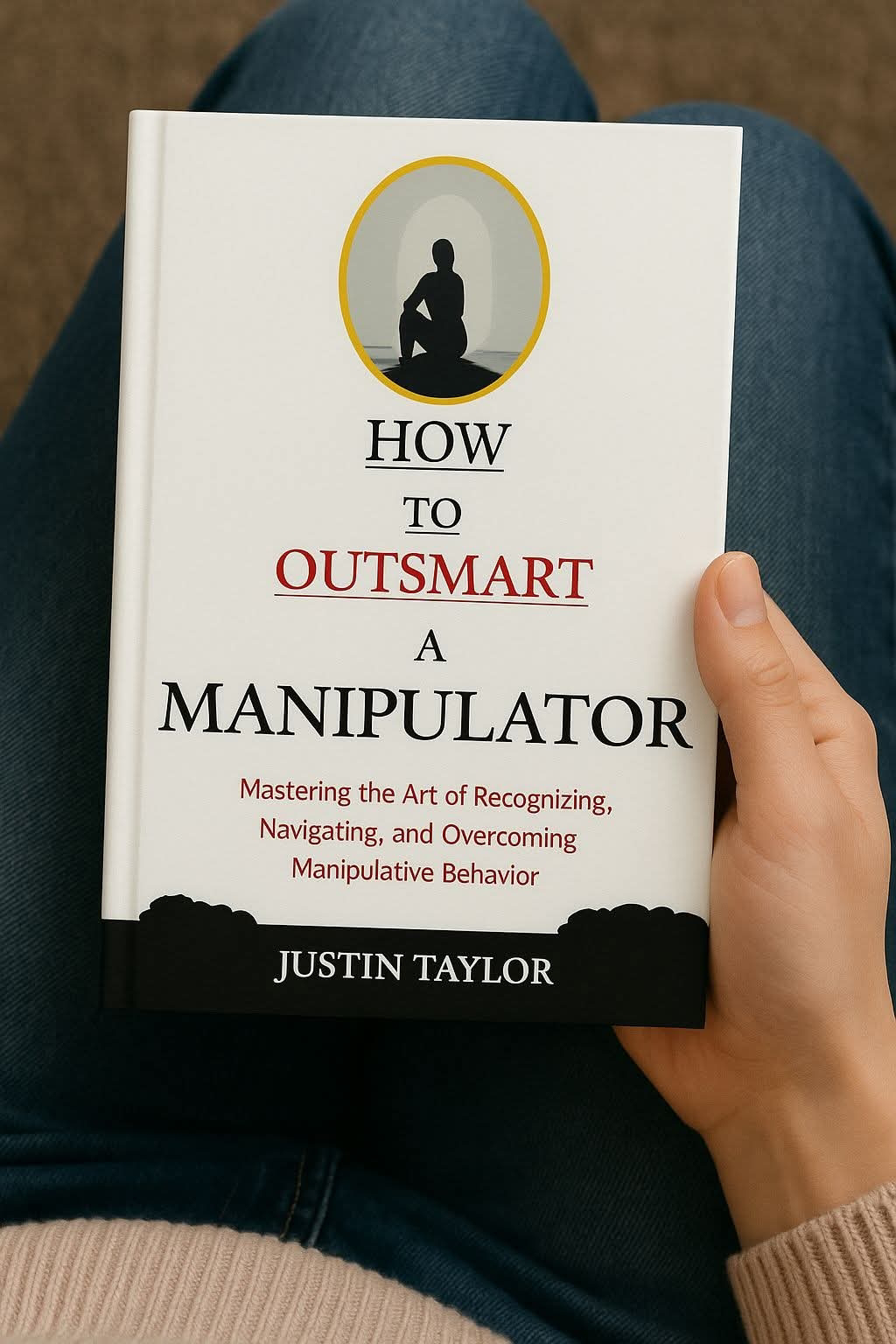Here are 8 key lessons that stand out as you engage with this thought-provoking narrative.
1. Understanding Human Nature: Lee emphasizes that Machiavelli believed in the fundamental complexity of human nature. He argues that people are often driven by self-interest, fear, and desire. This insight encourages you to recognize the motivations behind people's actions, particularly in political and social contexts, highlighting the need for a realistic understanding of human behavior.
2. The Role of Power: The book underscores Machiavelli’s focus on power dynamics and the necessity of understanding how power operates. Lee explains that political leaders must be adept at navigating power struggles to maintain authority and achieve their goals. This lesson inspires you to reflect on the nature of power in your own life and the importance of strategic thinking in leadership.
3. The Importance of Pragmatism: Lee highlights Machiavelli’s emphasis on pragmatism over idealism. Machiavelli advocates for a realistic approach to governance, prioritizing effective strategies over moral considerations when necessary. This insight encourages you to consider the balance between your ideals and the practicalities of achieving your goals.
4. The Use of Fear and Love: Machiavelli famously stated that it is better for a ruler to be feared than loved, but ideally to be both. Lee discusses the delicate balance between fear and love in leadership. This lesson motivates you to think about how you can cultivate respect and loyalty without resorting to tyranny.
5. Adaptability in Leadership: The book emphasizes Machiavelli's belief in the need for leaders to be adaptable and flexible in response to changing circumstances. Lee illustrates that successful leaders must be willing to alter their strategies based on the context. This insight inspires you to embrace adaptability in your own leadership approach, recognizing that rigidity can lead to failure.
6. The Significance of Reputation: Lee discusses the importance of reputation in Machiavelli's political philosophy. A leader's image can significantly impact their authority and effectiveness. This lesson encourages you to be mindful of how you are perceived by others and to cultivate a reputation that aligns with your values and goals.
7. The Role of Fortune: Machiavelli introduces the concept of fortune, which he perceives as a force that influences human affairs. Lee explains that while you cannot control fortune, you can prepare for it through wise decision-making and strategic planning. This insight motivates you to recognize the interplay between chance and agency in your life.
8. The Need for Strong Institutions: The book underscores Machiavelli’s belief in the importance of strong institutions as a foundation for stable governance. Lee emphasizes that effective political systems rely on established laws and structures. This lesson inspires you to appreciate the role of institutions in promoting order and stability in society.
"Machiavelli" by Alexander Lee offers a rich exploration of Niccolò Machiavelli's life, ideas, and the historical backdrop against which he wrote. Each lesson encourages you to reflect on the complexities of power, human nature, and leadership.




















